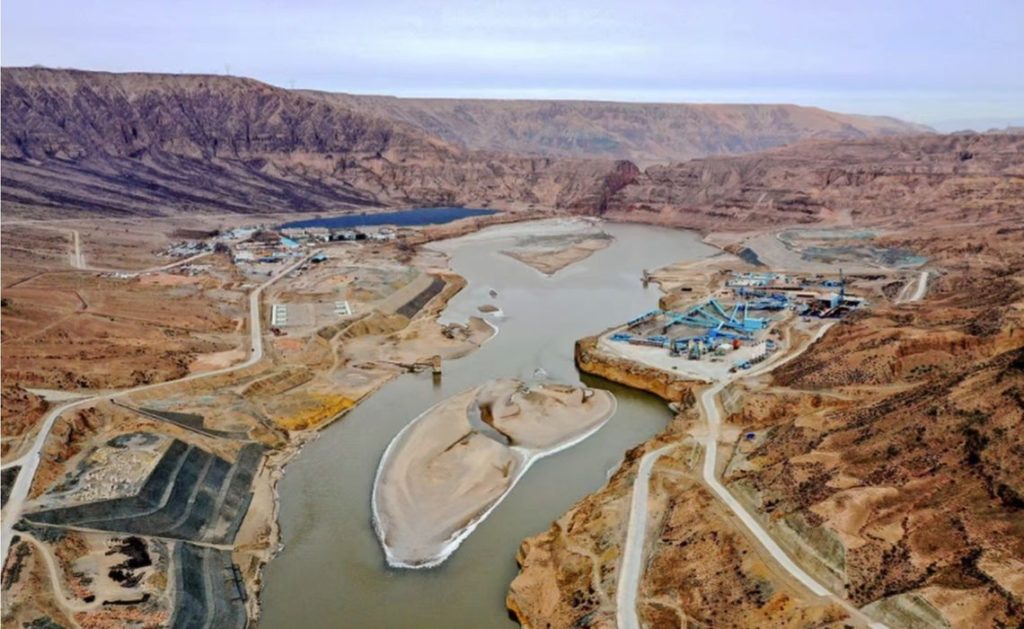
A gigantic hydroelectric dam project in China is to use a radical new form of construction 3D printing.
The Yangqu dam project, located on the Tibetan plateau is expected to generate a huge 5B kWh annually for delivery to Henan, some 1500km distant. The 180m tall dam is expected to be complete in 2024.
Dams are not a new invention; they’ve been around for hundreds of years. However, this particular project seems to be using a very unusual technique.
Construction 3D printing is becoming more well-known. It is a process involving a robotic system to extrude specialized forms of concrete to build structures. It’s been successfully used on many building projects, including a few that are up to three stories tall.
While that style of construction 3D printing is growing in popularity, the Yangqu dam project appears to be using a different form of construction 3D printing. Instead of erecting a motion gantry or robotic system, they instead are using a “swarm” of different types of robotic construction gear, including excavators, trucks, bulldozers, pavers and rollers. All of these units are autonomous and have no operator on board, and their operation is controlled by an AI system.
The construction units are directed to build the dam layer by layer in a manner very similar to that used in most 3D printing processes. The idea is to transform a large construction site into a gigantic 3D printer analog.
The idea was first conceived over ten years ago, and apparently considerable research has taken place to refine the concept to the point where it is ready to take on a project such as this. The original goal was to “free humans from heavy duty, repetitive and dangerous work”, according to lead scientist Liu Tianyun.
The new method has apparently been tested in much smaller projects, and is said to work properly.
When you think about this, there should be no major impediment to this working. The concept of slicing an object into layers has worked very well in 3D printing for decades, and this project simply scales it up. A lot.
As for excavation and deposition of materials, these do seem to be functions that are indeed repetitive and could very well be automated, particularly on a project like a dam where there are significant sections that are geometrically similar.
The “printer” in this project is not a “device”, but instead a swarm of independent units that rove around the project site performing their tasks to complete each layer.
While the Chinese engineers on this project have scaled up 3D printing concepts, I’m now wondering if their swarm approach to deposition could be scaled down and used in much smaller projects, even desktop versions.

